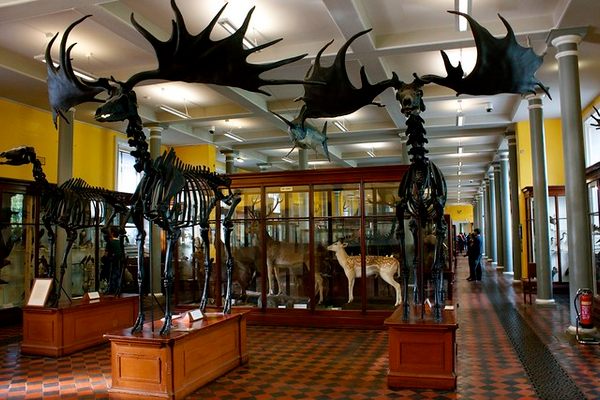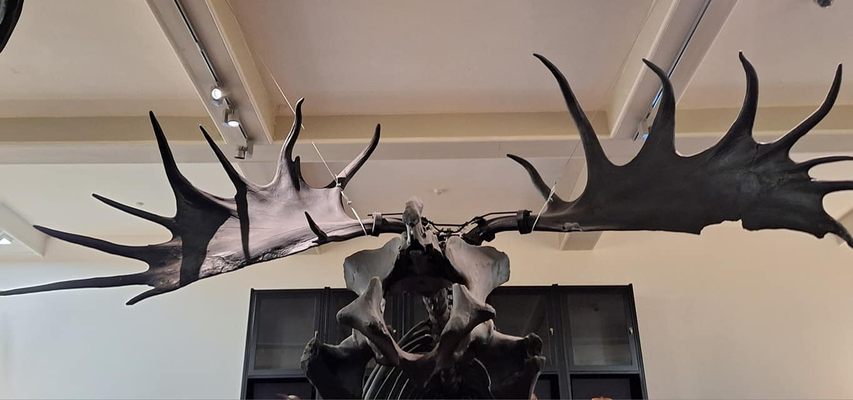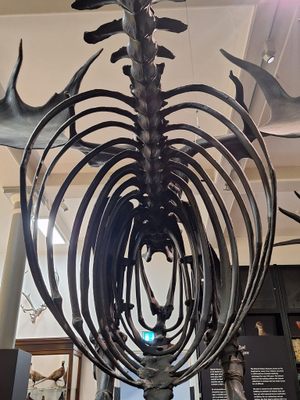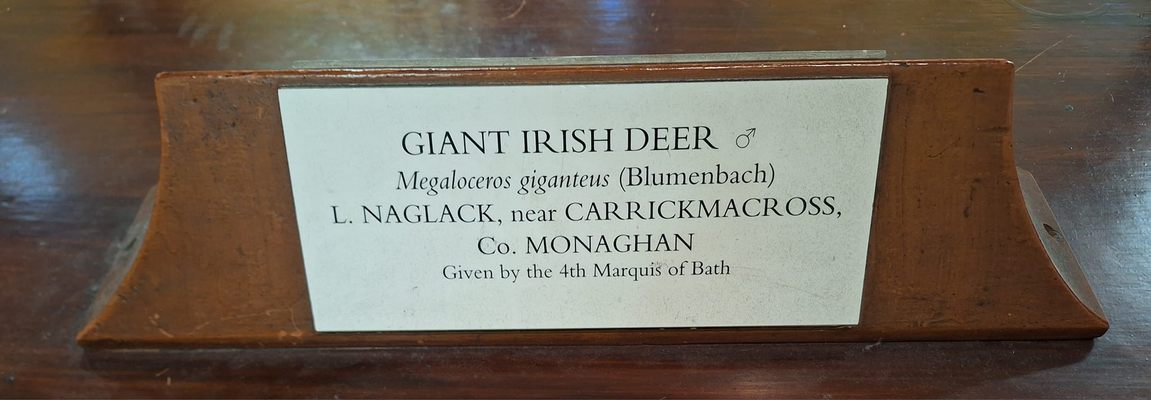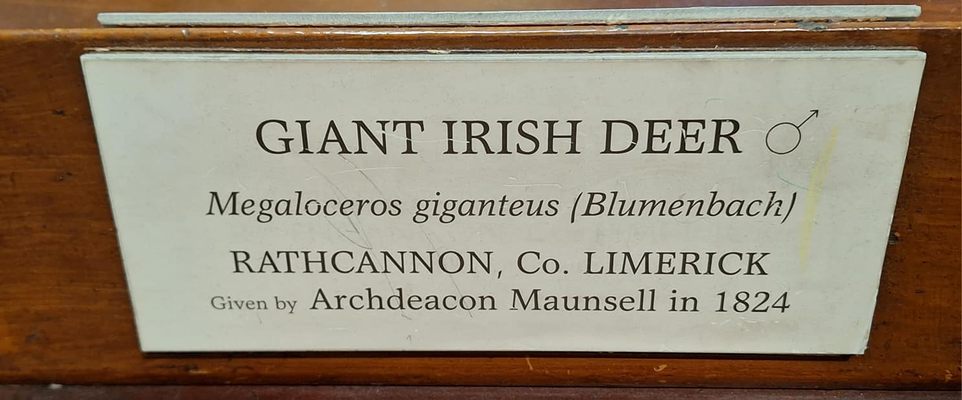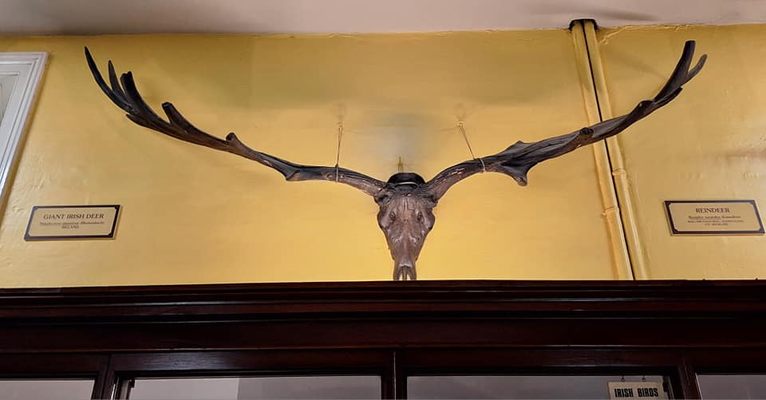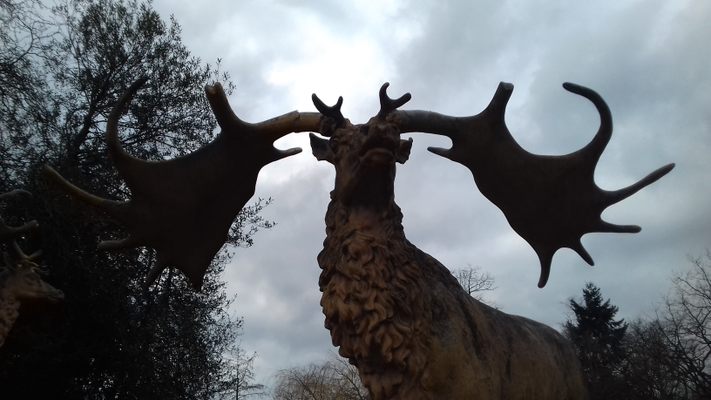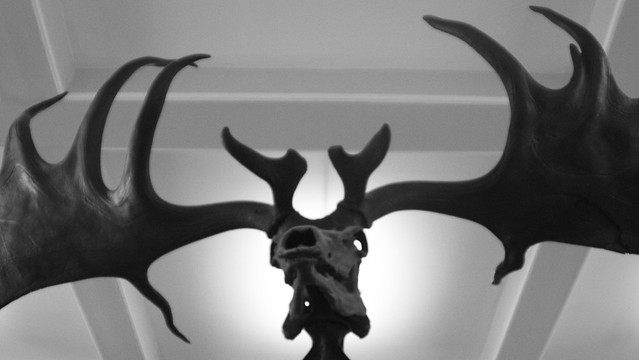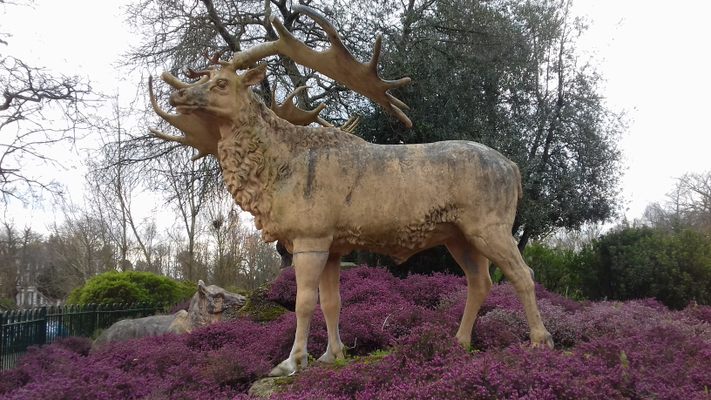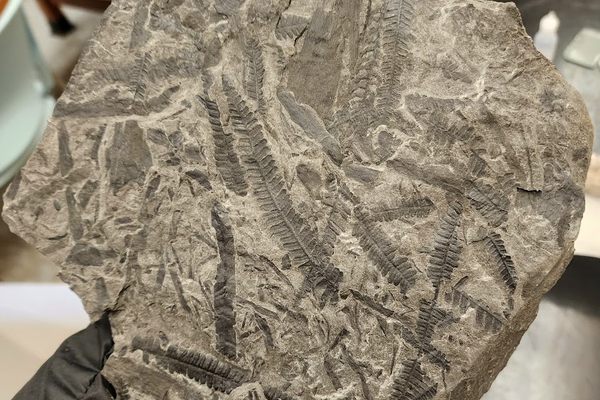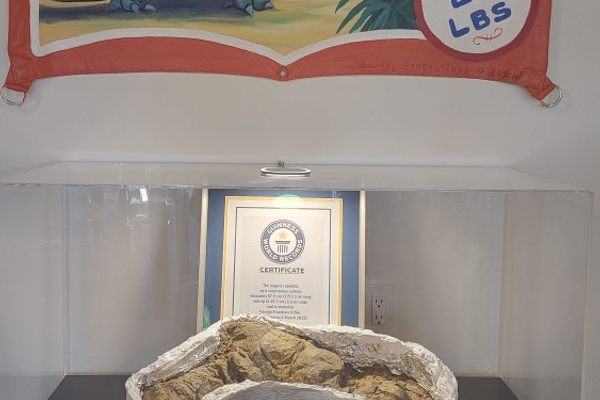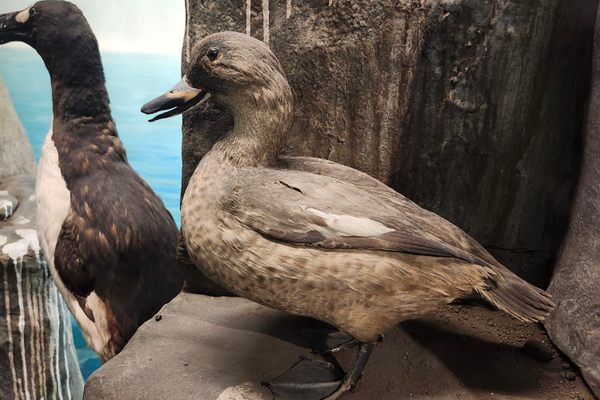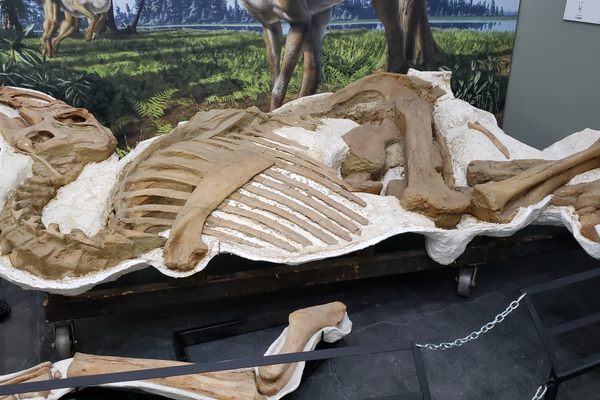About
Despite their name, these gigantic elk were not just native to Ireland, but had an enormous range covering much of Eurasia, Siberia, and China. Many fossilized remains of the Irish elk have been discovered in bogs across Ireland.
The first discovery of these enormous remains stumped the scientific community. The concept of extinction was still fairly unknown during the early 18th century. Initial theories believed the bones belonged to several unfortunate reindeer or American moose that somehow found their way to Ireland.
However, French naturalist Georges Cuvier studied the fossils closely at his Parisian laboratory and was not convinced. He eventually declared that the bones, in fact, belonged to a species that no longer inhabited the world. This was a key moment in natural history and would aid in the progression of science's understanding of the natural world.
There are several theories as to why the elks became extinct between 8,000 to 12,000 years ago. One is that they fell victim to starvation due to the oncoming Ice Age. Another is that the antlers of the male species, growing to nearly 14 feet in length, became too massive for their heads to hold. It's also possible that humans had a hand in their demise, due to hunting and loss of habitat.
This collection of Irish elk on display at the National Museum of Ireland is one of the largest and most complete in the world. The museum is one of the best places to marvel at the remains of these beguiling behemothic beasts.
Related Tags
Know Before You Go
The Irish elk skeletons are located throughout the museum and due to their size, are pretty hard to miss. The Natural Museum of Ireland is open Sunday and Monday from 1 p.m. to 5 p.m. and on Tuesdays through Saturdays from 10 a.m. to 5 p.m. Entrance is free.
Published
September 27, 2019
